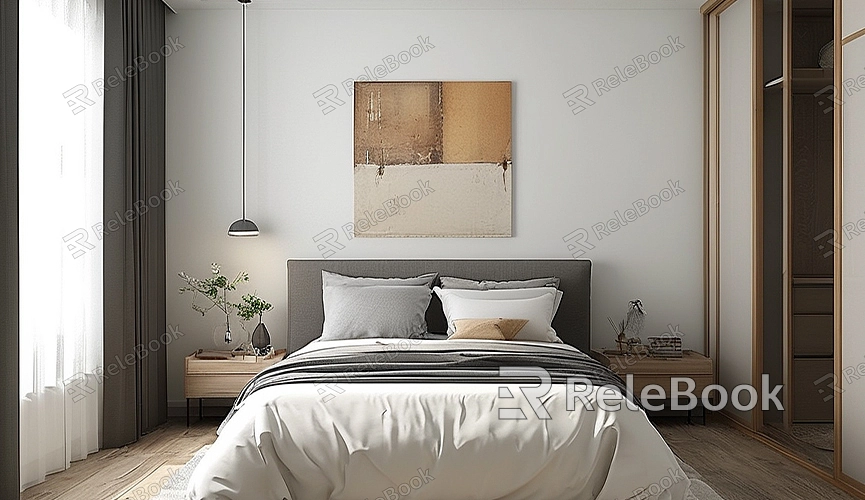How to Render a Single Frame in Blender
In 3D modeling and animation, there are times when you might need to render a single frame, whether to showcase specific scene details or to provide high-quality static images for a project. Blender, a powerful open-source 3D modeling tool, offers various methods to render a single frame efficiently. This guide will walk you through the steps to accomplish this task in Blender.
Preparing Your Scene
Before rendering, ensure that your scene is fully prepared. This includes fine-tuning the details of the models, setting up materials, arranging light sources, and adjusting the camera angles.
1. Set Up Your Model: Check if your 3D model is detailed enough and that materials are correctly applied. Make sure all textures and materials are set up and that the result matches your expectations.
2. Adjust Lighting: Lighting setup is crucial for rendering. Ensure that the light sources in your scene are appropriately placed. You can use a combination of point lights, spotlights, and ambient light to achieve the desired illumination.
3. Configure the Camera: Adjust the camera’s position and angle to ensure it captures the frame you intend to render. Use the camera view to preview the final render and make sure the setup aligns with your needs.

Render Settings
1. Choose the Render Engine: Blender supports multiple render engines, such as Cycles and Eevee. Cycles is suitable for high-quality renders, while Eevee is good for real-time rendering and previews. Select the appropriate render engine to achieve the best result.
2. Set Render Resolution: In the “Output Properties” panel, set the resolution of your render. For single frame renders, opt for a high resolution to get a clearer image. Common resolutions include 1920x1080 or 3840x2160.
3. Adjust Sampling Settings: Sampling determines the quality and speed of the render. In the Cycles render engine, you can adjust the number of samples in the “Render” tab. Higher sample values usually produce better image quality but increase render time. Choose an appropriate sample value based on your needs and computer performance.
4. Set Output Format: In the “Output” panel, select your desired file format. Common formats include PNG, JPEG, and TIFF. If you need an image with a transparent background, choose PNG and check the “Transparent” option.
Rendering a Single Frame
1. Select the Frame to Render: Ensure that the timeline is set to the frame you want to render. If you need to render a specific frame, select the corresponding frame number in the “Timeline” panel.
2. Start Rendering: From the “Render” menu, select “Render Image.” Blender will start rendering the currently set single frame. The time required for rendering depends on the complexity of your scene and your computer’s performance.
3. Save the Rendered Image: Once rendering is complete, you can view the final image in the “Render Result” panel. Use the “Image” menu’s “Save As” option to save the rendered image to your computer.
Post-Processing
To further enhance the image, you can use Blender’s compositor for post-processing. The compositor allows you to add effects, adjust colors, and enhance details, making the final image more polished.
1. Use the Compositor: In Blender’s “Compositing” workspace, use the node editor for post-processing. Add nodes for color correction, blurring, sharpening, etc., to optimize the image.
2. Adjust Parameters: Adjust the parameters of each node until you achieve the desired effect. Once satisfied, click the “Composite” button to apply all effects.
3. Save the Final Image: After compositing, ensure that you save the final image in your preferred format.
Rendering a single frame is a common task in Blender, whether to showcase a detail or provide high-quality static images for a project. Following these steps will allow you to efficiently complete this task and ensure that the rendered result meets your needs. If you require high-quality 3D textures and HDRI or need to download 3D models for creating your scenes, you can find them on Relebook and import them directly into your projects.

